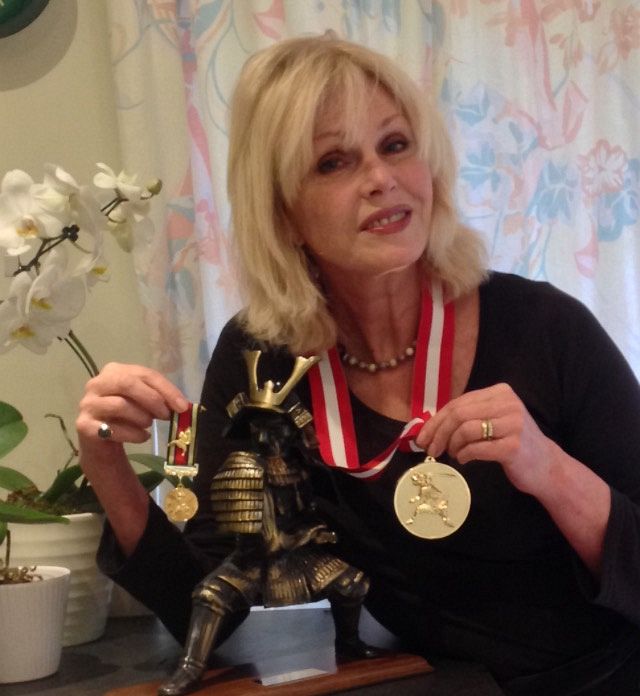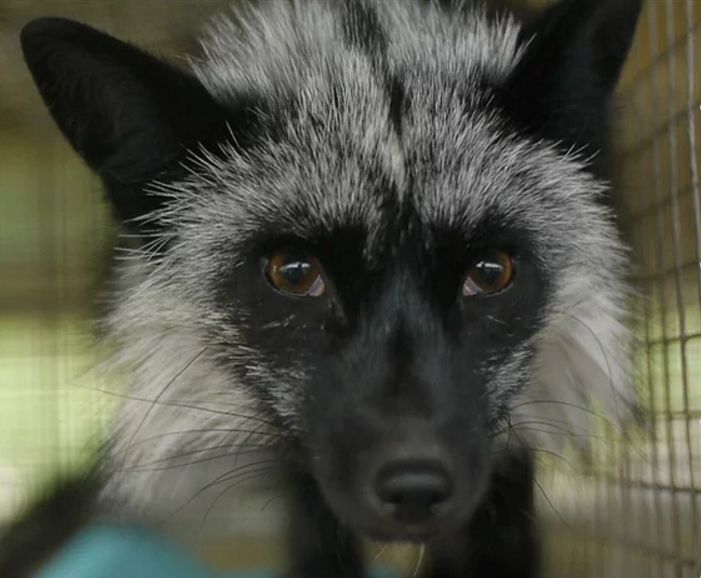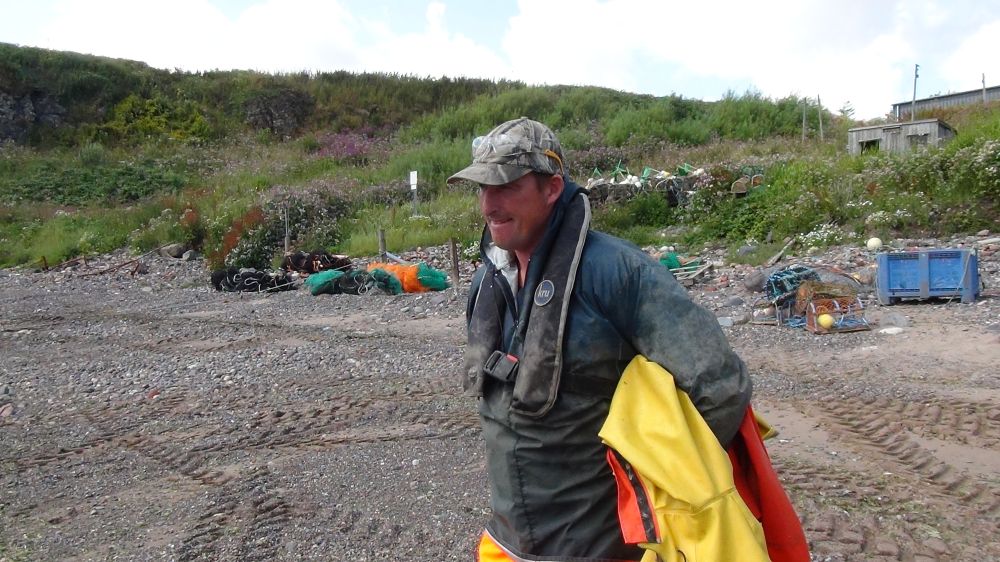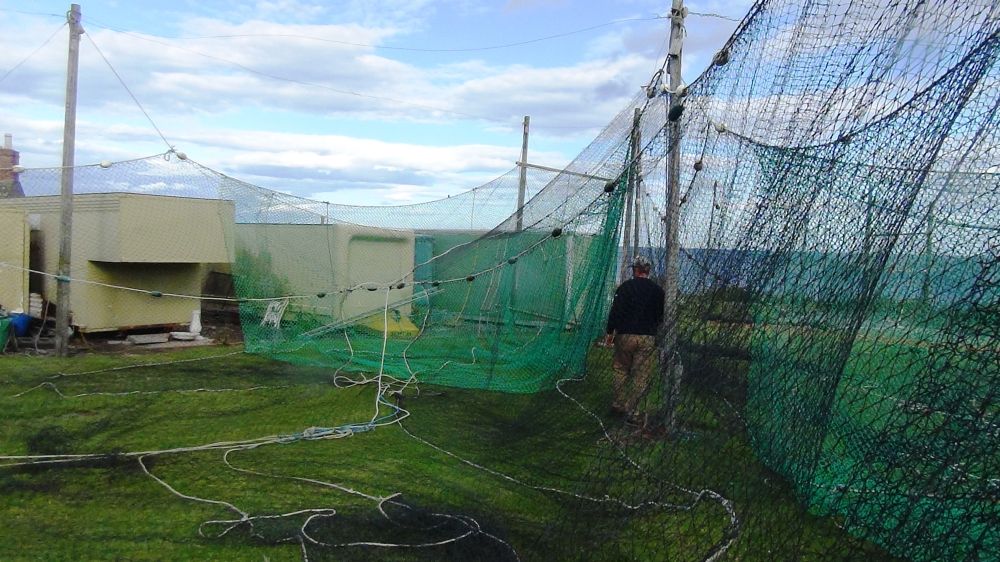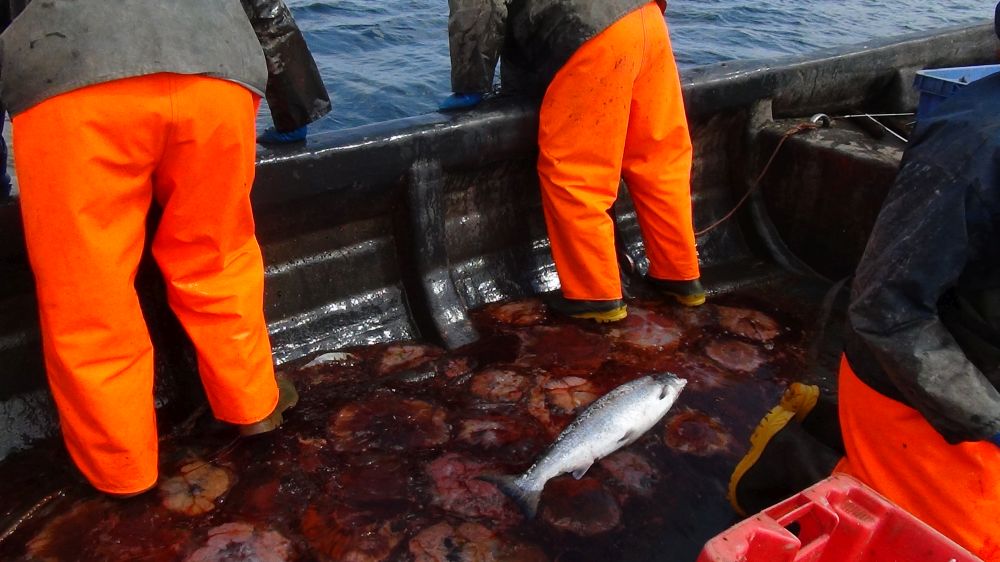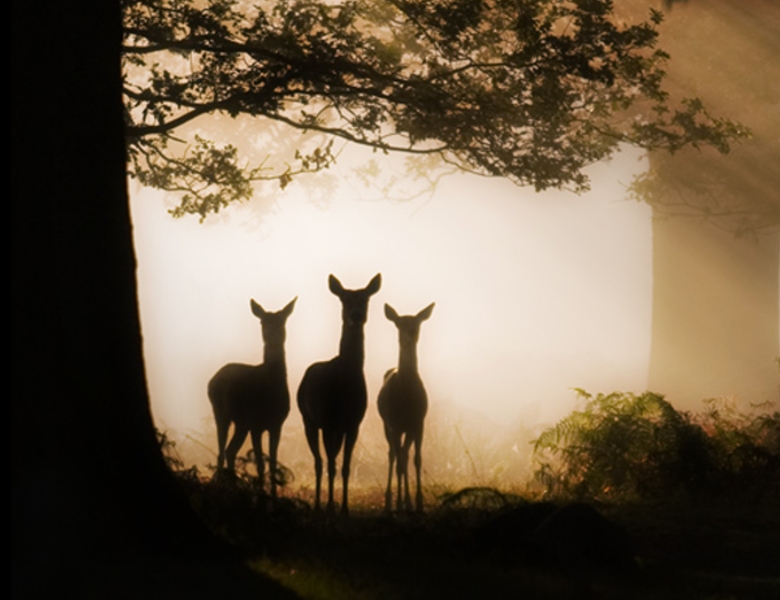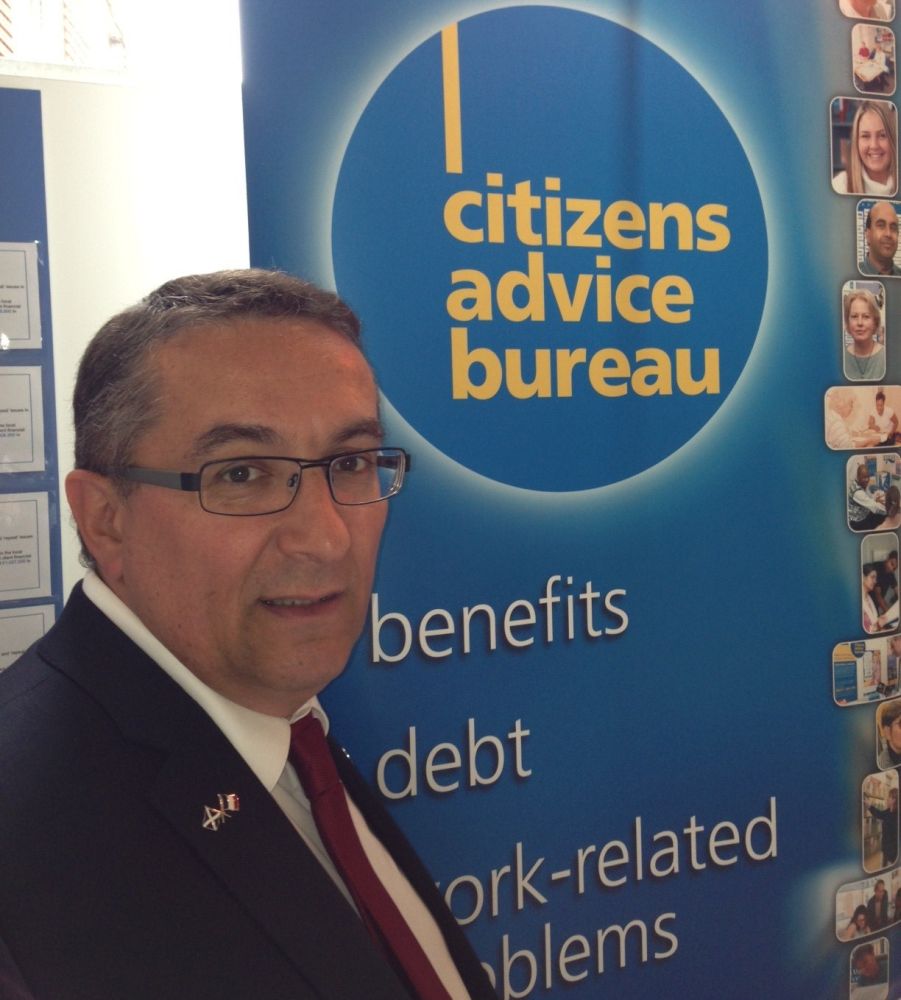In mid-July Suzanne Kelly wrote to all the City councillors and the new Chief Executive. This was following Evening Express revelations that according to a Scottish Natural Heritage (SNH) count, there may be only nineteen deer left in the entire city, with only three or four left on Tullos Hill. Tullos had a deer population which was stable for decades, until the Liberal Democrats foisted a ‘tree for every citizen’ scheme on the city, and the deer’s days were numbered as the City Council refused even to consider alternatives to shooting.
In response to Kelly’s email, the City Council created a document which it sent to all councillors, but not to Kelly. Kelly has obtained this missive, and in this article seeks to dismiss its points.
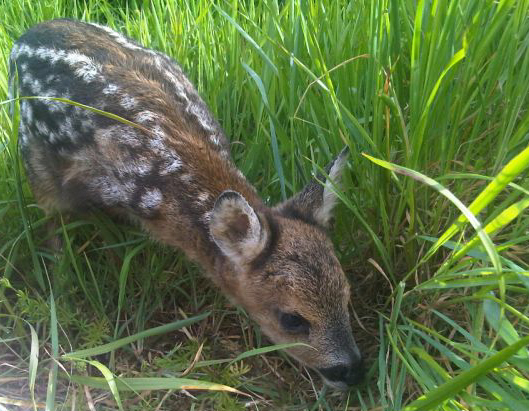
We may be in danger of losing all of our city deer.
This will be due in no small part to the recent drive to cull dozens of them at a time, on the pretexts that ‘they have no natural predators’ and that for reasons best known to scheme proponents Councillor Aileen Malone and ranger Ian Talboys, we need to ‘plant a tree’ for every citizen.
Having written to all the councillors, a few did respond with sympathetic views, advising that they were against the cull, and that they knew of the 3,000-plus citizens and the community councils which had asked for the tree scheme and the cull to be scrapped. However, many councillors never got back in touch.
Many people have since forwarded an email sent by the City Council’s media division. The media department chose to write to the councillors and the Chief Executive rebutting my email. They left me out of the correspondence.
Perhaps they knew that most of their points could readily be countered. This article is a response to the City Council’s justifications for how it treats its deer population and the low regard in which it clearly holds its voters.
Here is the gist of what the City Council tried to claim, and what I would like to say to the councillors and the City Council by way of rebuttal, a courtesy they decided not to extend to me. There go my hopes for a new Chief Executive who would be open, accountable and transparent in her dealings.
Thanks to the many people who sent me the City Council’s claims which I will deal with point by point.
- The City Council claims there are errors and inaccuracies in an Evening Express article of 19th July. The City Council claims the article did not report the real story regarding the roe deer population.
An interesting introduction; but the City Council fails to discount the article in this opening paragraph, or to say specifically what those inaccuracies are. They are going to address these ‘inaccuracies’ with the Evening Express. How very odd then, to remember an Evening Express article of a few years back. This story advised that ‘two deer were found dead ahead of the planned cull’.
Well, that was true: the deer had died of unknown causes TWO YEARS before the cull. Someone in the City Council contacted the Evening Express and encouraged this story. The City Council had no interest in correcting that little inaccuracy.
- The City Council addresses the claim that Tullos Hill is “under threat from deer extinction”, and says this is not true. They say the survey was undertaken by SNH in January 2014 at only four of the city’s new woodland sites, out of 39 woodland sites. The sites looked at were Tullos Hill, Seaton, Danestone and Greenferns.
The SNH want to have only four to six animals on the whole of Tullos Hill, to fit in with their recent guidelines.
Perhaps the deer were hiding from the infrared sensors
These are for guidance and not legally binding, although you would not know that as the City Council repeats the mantra over and over again that deer must be ‘managed’ (ie shot).
The ranger Ian Talboys wrote an email in response to 16 deer limbs being found in a ‘suspected’ poaching incident on Tullos. More on that later. If he ever did express a desire to protect the remaining animals, find the culprits or find a means to discourage wildlife crime, he doesn’t seem to have put it into writing: a Freedom of Information (FOI) request disclosed all relevant correspondence.
Talboys says that he believed the deer must have been shot elsewhere, a rather wild claim some might think, as he thought there were fewer deer than that on Tullos:
“I would be surprised if there were enough deer in the area for anyone to be able to take four in one go so it may be the remains have been taken from somewhere else and dumped on Tullos Hill”
Perhaps it’s just as well that Talboys is not a criminologist. But the bottom line is, how can four to six deer, even if migrating between sites, have a healthy, stable gene pool and survive poaching? At such numbers exactly how will we continue to have deer on the hill?
- The City Council’s media personnel then go on to offer conjecture, not fact, as to why the count may have been low. The count was aided by the contribution from Ian Burnett of Aberdeen City Council.
Perhaps the deer were hiding from the infrared sensors is one idea they offer. It is interesting how the City Council flits from conjecture to fact when it suits its purposes. What I asked for was a halt to any further culling, until at the very least another count was done to establish the numbers.
The apologists go on to explain in great detail how hard it is for the SNH to get accurate numbers for counting deer: temperature, other animals, weather, all sorts of reasons are given for why counts are inaccurate.
No one in the City Council seemed to have any concerns about inaccurate counting of deer when it put out its ‘Granite City Forest Tree for Every Citizen Programme – Tullos Hill Community Woodland’ document (BRN 165321 Case No 4158709).
It stated categorically that in 2011, 29 deer were counted on the hill. I will put up my hand and admit that at present I can’t find my source for the count of 70 deer in the area. However, if I am inaccurate with numbers, then I have company in the City Council’s paid professionals; only my counting doesn’t form the basis for shooting them.
Fact: the above-referenced report says that in February 2011 there were “seven bucks, ten does, six juveniles and six unclassified animals” (Page 67). The targets set (same page) were the destruction of eight bucks, nine does and seven juveniles in 2012/13 in the first killing, i.e. 24 of the 29 would be killed.
The great scheme was then to destroy four more creatures each season until 2016/17.
one of the complainants coincidentally writes to Aileen Malone with great frequency
No mention seems to appear in this 69-page report, in my opinion a highly biased apology for deer killing, that it’s hard to count the animals, or that there could be a doubt over the number of animals on the hill.
As above, councillors were told there were 29 animals on Tullos in February 2011. The hunter(s) paid to do the shooting that first season killed either 34 or 35 animals: the records are so poorly written that not even the City Council’s FOI request managed to find a figure.
So there you have it: 29 deer counted, of which 24 were going to be destroyed, and 34 or 35 were in fact killed. And now we are told it’s hard to count them.
- The City Council’s cull apologist goes on to say that The Housing and Environment directorate continues to receive reports of, and complaints about large deer populations and the damage they cause across Aberdeen.
In response to my FOI request I was sent complaints about deer.
Oddly enough, one of the complainants coincidentally writes to Aileen Malone with great frequency, about deer in the Cults area which apparently go into the complainant’s garden. There would also seem to be one other complainer. These people must be amazed that they have moved to a countryside area and found countryside animals on private property.
- ACC officers monitor the new woodland sites for field signs of the roe deer and evidence of deer browsing on the young and established trees, to establish the likely population of deer in the area and any impact they are having on the sites. The management of these sites ensures that there is a balance between habitats and species through weed control, scrub management, deer management, woodland management operations etc.
The public stated resoundingly that it did not want Tullos to become a woodland site. As it has gone ahead, the City Council has demonstrably left the weeds unchecked while killing the deer. The Forestry Commission clearly stated that the previous failure was related to weeds as well as alleged deer browsing.
The City Council has done nothing to rectify the poor soil matrix on Tullos. The report on the failure of phase 1 states that trees are likely to topple in the wind (wind toss) because of the poor soil matrix. The fact that debris are visible throughout the tree planting area demonstrates this fact. It is probably an insoluble problem, making Tullos an unlikely area for a forest.
- The Wildlife and Natural Environment (Scotland) Act 2011 and the Code of Practice on Deer Management place a duty on anyone with deer on their land to manage them at sustainable level, whereby the population density is not causing significant damage to property, crops, woodlands, protected areas or creating welfare issues for the deer themselves through lack of food or habitat to rest up in, or causing safety issues for people.
It is voluntary code of practice we are talking about, and a contentious one at that. The above-referenced report says about the code:
“although not mandatory, [the code] incorporates the legal framework for deer management… The Code supports the voluntary approach…”
The City Council really should stop maintaining that it is following the law, it is following a code. It’s funny, there seems no such zeal to follow codes on our air pollution levels, still failing to meet EU permissible levels for particulates for years and years. There is no such zeal when allowing class sizes to exceed government guidelines.
And yet, the deer cull guidelines are presented to councillors as if they are mandatory legal requirements which must be obeyed.
At Tullos the deer posed no threat of property damage. There were no crops, there was no woodland, only a meadow. There were no deer welfare issues, there were no safety issue for people. Any evidence to the contrary has not yet been presented to the public and a chance to scrutinise any that exists would be welcome.
In the absence of any evidence, and having proved that the Code of Practice is not binding law, and did not apply as there were no crops, no starving deer, etc. at Tullos, this is meaningless jargon and a general statement not relevant to the specifics of the low level of deer now left in the city and the small number on Tullos.
But now the City Council plays a trump card: it gets into deer vehicle collisions. The City Council says that in 2013/14
- “the Aberdeen City Council Cleansing Teams collected 30 roe deer carcasses from the city’s road network that had been hit by vehicles and died at the roadside. …which will have caused damage to vehicles, distress to drivers and their passengers as well as suffering to the deer.”
There does not seem to be a single sign erected in the city to warn of deer crossing. And yet the City Council is aware of all of these crashes without taking any mitigating action – except to advocate deer shooting. I have campaigned for signs to be erected, as are used in many other areas.
The City Council’s response? They claim people don’t pay attention to signs.
As logic goes, this is quite a fail. If the City Council is aware of risks to Health and Safety, and decides not to use fencing, deer deterrents (there are devices which emit noises which repel deer) or to warn motorists of hazards, then that’s rather a damning indictment of how it handles public safety and how little the protection of animals, and thereby our biodiversity, means to them.
The media pros then get around to my statement that the trees are not thriving.
- “In ACC’s professional opinion the trees are doing well. The site has been inspected by Forestry Commission Scotland as a part of the grant conditions and they are content with the growth of the trees”.
 I suppose a layman’s photograph of tiny tree saplings planted amid rubbish, overshadowed by huge quantities of healthy weeds is a professional’s version of doing well.
I suppose a layman’s photograph of tiny tree saplings planted amid rubbish, overshadowed by huge quantities of healthy weeds is a professional’s version of doing well.
A picture is worth a thousand words.
For some reason, no documentation from the City Council or Forestry Commission painting a glowing portrait of a thriving plantation was included with the FOI documents sent to me.
Since we wasted £43,800 of taxpayer money trying to plant trees on Tullos before, which were beset by weeds, no doubt the City Council asked the Forestry Commission for a comfort letter, agreeing that the trees are just fine and we’re in no danger of repeating our past failure.
I have noted that Glasgow at one point refused to cull its deer for this voluntary code. With a grandiose sweep of the pen, the person attempting to shoot down my arguments tells the councillors
- “It is not Aberdeen City Council’s place to comment on Glasgow City Council deer management policies.”
It might not be necessary to comment on Glasgow, but it is rather useful to note that other Scottish authorities are treating the deer-culling guidelines as guidelines, and not legal requirements.
- Finally, we get to the reports sent in to me about deer poaching. The City Council has gone on in most of its correspondence and reports to explain that deer need to be shot ‘because they have no natural predators’. .
“Given the number of deer legs found it is highly unlikely that they were taken from this site as they would have come from more deer than were known to be in the area at the time. This is the advice provided by Grampian Police Wildlife Crime Officers following their investigations. In respect of the poaching, there is no proof that the deer legs found on Tullos Hill were from deer taken on Tullos Hill or the surrounding area.”
Well, we might not have wolves in the hills, but we certainly have poachers.
An article on the scale of poaching and the money involved was in The Observer on 10th August, page 9. But the City Council has reverted to wild conjecture. Talboys had written in an email that he doubted anyone could find four deer to poach on Tullos: his theory, and the theory being put to councillors here is that the deer were poached elsewhere.
Let’s imagine the scene. Deer poachers hunt, trap and kill four deer. The poachers decide what to do next: they take the deer carcasses, all four of them, put them in their vehicle, drive somewhere close to Tullos and park. They then carry the dead deer to a spot on Tullos hill, all the while risking detection.
Then they cut the deer up, take the meat, and hide the legs and guts in a bush. Or, having cut the deer up already, apparently to ensure the meat doesn’t get contaminated, they then carry the legs and innards in their car to a parking area close to the hill, grab the sixteen legs and the internal organs, walk along the hill and hide the remains in the bushes.
I wonder what Inspector Morse would say.
We will have to wonder what Police Scotland’s Wildlife Crime Officer has to say as well. There has not been a single press release about deer poaching in our area.
So, dear councillors and readers, if you have made it this far into my comments on the City Council’s attempt to trash my arguments, thanks to those who continue to oppose this senseless slaughter. Thanks to those who have sent me the City Council’s rebuttal when it failed to do so. Would you do me three favours?
The first is to halt any deer culling until we have a better grasp of how many, or how few deer we have.
The second? Protect motorists and deer: let’s just see if putting up signs might help. You might want to ask yourself how thirty deer–related accidents stack up to the drink-related, speed-related fatalities on our roads, and how many hit-and-runs we have.
Thirdly, would someone like to please find out whether ranger Ian Talboys, who is such a staunch supporter of shooting the animals, gets any money or expenses for his role in the deer-culling lobbying entity, the “Lowland Deer Management Group?” This would be rather interesting to know.
- Comments enabled – see comments box below. Note, all comments will be moderated.
[Aberdeen Voice accepts and welcomes contributions from all sides/angles pertaining to any issue. Views and opinions expressed in any article are entirely those of the writer/contributor, and inclusion in our publication does not constitute support or endorsement of these by Aberdeen Voice as an organisation or any of its team members.]
